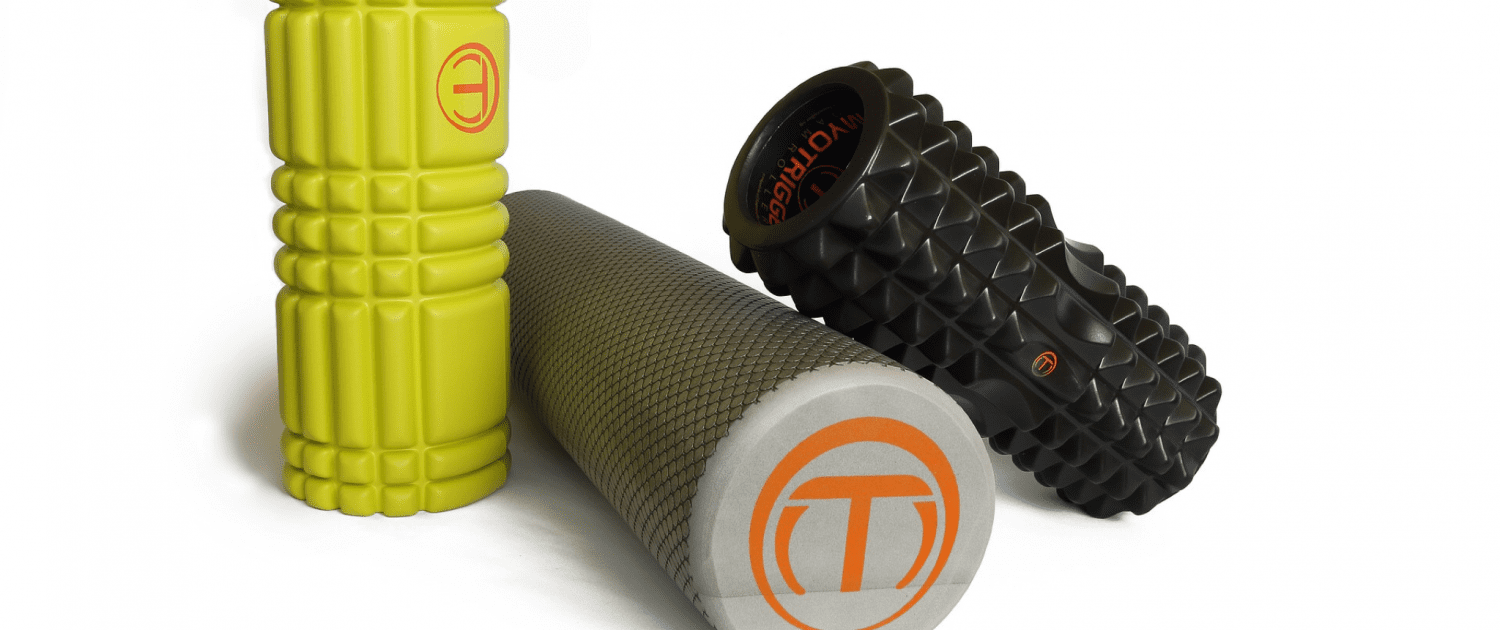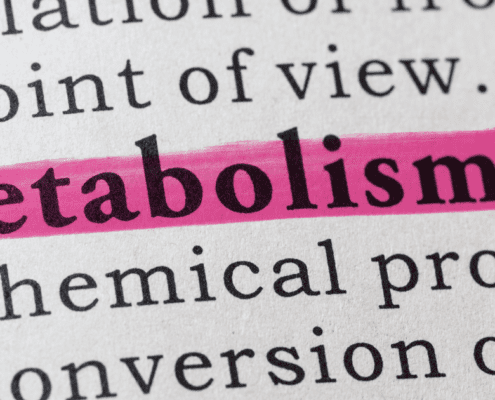Foam Rolling: Should You Do It And How Often?
Nov 22, 2020 by Michael Fouts
Estimated reading time: 4 1/2 minutes
Foam Rolling is also known as (SMR) Self Myofascial Release: Self – You are the one doing the releasing; Myofascial – Myo – Muscle, Fascia – band/ connective tissue; Release – Relaxing the tissue. A foam roller (like this one) is one tool that you can use for SMR, lacrosse/tennis/medicine balls also work.
To understand foam rolling, first you need to know what the fascia layer is. It is a layer of connective tissue that connects our muscles, allowing them to slide or glide as we move. An orange is a perfect example to understand where and what fascia is. The the white layer between the peel and on the orange pulp/compartments of fruit is your fascia, the individual pieces fruit/orange are your muscle.
How to do it?
It might be simpler to youtube this to get a better visual (watch this for foam rolling for runners), but essentially these are the different steps for foam rolling a certain part of your body / muscle group:
- Find a “trigger” point. spot that is quite sore. and hold there while concentrating on breathing.
- During inhaling maintain pressure on the trigger point, while exhaling apply a little more pressure if you can – you never want so much pressure that you can’t bear the pain and can’t relax the muscle.
How does it work?
It’s due to a combination of things:
- Stretching from you rolling the muscle and elongating it
- Desensitization, whereby the “tone” of the nervous system innervating the tight muscle is decreased due to the pressure being applied.
- Deep breathing. As mentioned above about how to do it, you’re going to be concentrating on breathing. Deep breathing helps you relax and reduces nervous system innervation.
All of the above will help loosen you up, make you more mobile, and have less pain.
When should you do it?
Pre or post workout? The answer is both, or whichever you prefer.
- Pre workout: foam rolling before a workout is beneficial as it can help increase your range of motion by releasing trigger points in the tissue that restrict movement or cause the feeling of tightness. It should be noted though, if your goal is strength or power output, foam rolling prior to working out is shown to reduce power output slightly. If this is important to you for a certain workout, then doing a dynamic stretch routine, some muscle activation drills, and something to get the heart pumping instead.
- Post workout: this is a great way to relax the nervous system, transitioning from workout stress to a relaxed state. As well as a reduction of the effects of Delayed Onset Muscle Soreness (DOMS).
The two biggest reasons I tell my clients why they should foam roll often:
1. It reduces tightness and feeling sore from working out
You know the feeling, you wake up the day after an absolutely awesome workout (upper, lower body, etc). You go to get out of bed and find that you are stiff as s a board, and if you did legs the previous day it hurts to stand up and sit down. This is where foam rolling comes in, foam rolling directly after the workout or the next day when you’re sore can help reduce some of that tight, sore, burning we all dread. This is because foam rolling works by massaging fascia that gets bundled up and tight on top of your muscles. That soreness/tightness/burning is called DOMS which usually occurs 24-48 hours post workout. Foam rolling post workout is proven to reduce the effects of DOMS as SMR helps breaks up the knots a little in the fascia. This helps improve blood flow to the area aiding in recovery to the area and improving general health.
2. It increases flexibility* and reduces your risk of injury
When you train hard, your muscles end up tight and can develop knots. Unless you want to fork out the cash to get a full body massage one to two times a week, your best bet to improve your flexibility and reduce your risk of injury is to foam roll as often as possible.
Flexibility is an important factor when it comes to having a properly functioning body. Maining flexibility throughout your lifetime reduces the risk of injury and improves functional performance, aiding in keeping your body working optimally as you age. The benefit of foam rolling is seen throughout whatever activity you decide to take part in, paddle boarding, hockey, weight lifting, or yoga.
*Foam rolling will increase your flexibility but it needs to be done consistently to maintain new found flexibility from the foam rolling.
When you roll these tight muscles out it helps increase your flexibility in these areas and helps prevents those areas from becoming a possible site of injury.
The bottom line
Foam rolling is a great tool to have in your tool box in your fitness program. Not only will it enhance your performance and improve recovery, it will also help decrease the risk of injury.
That being said, it’s not as good as seeing a RMT or Registered Massage Therapist regularly. They can target specific muscles a lot better that we either can’t access or have a hard time targeting with a lacrosse ball or foam roller. If your performance, recovery, and reduction of risk of injury is important to you, then I’d consider a combination approach of foam rolling and working with an RMT.
Till next time,
-Mike






